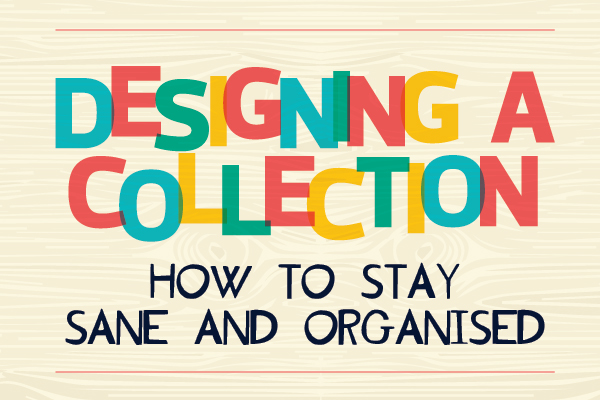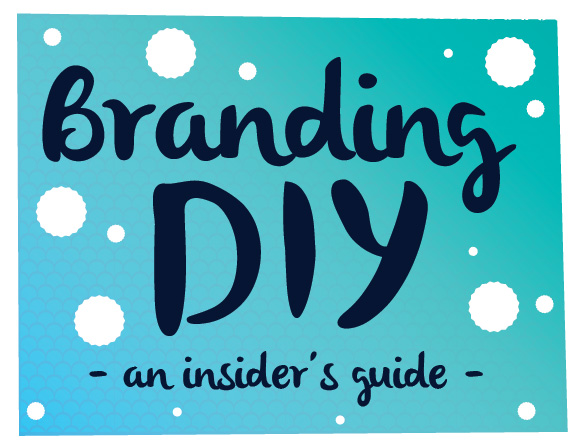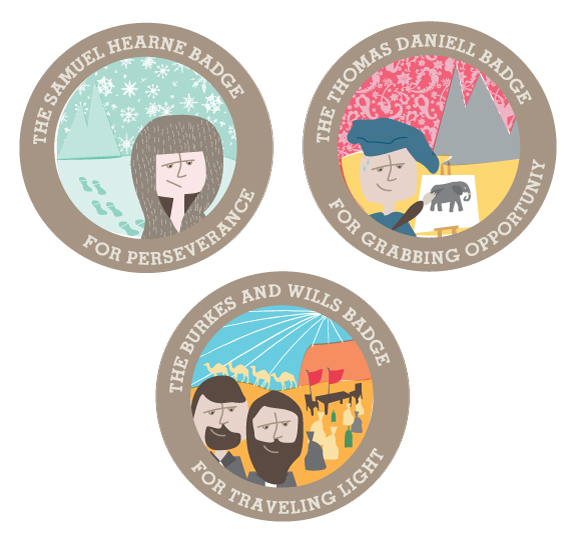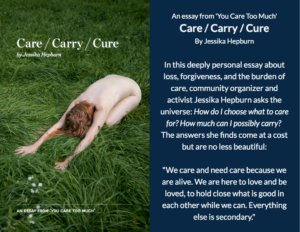When you're creating a new range or collection there are lots of elements that need to come together and it's easy to lose control of one or more of them if you don't stay organised and focused. Here are a few organisational tips I learned during the creation of my latest Wondercook collection. . Getting started: The start is, in some ways, the hardest part of any project. … [Read more...] about Designing a collection – how to stay sane and organised
Branding DIY: An Insider’s Guide
I’ve been a graphic designer for over 10 years and in that time I’ve worked with and created many brands. Along the way I’ve learned a few pretty important things that help get the best results from all branding projects. The best thing is that these rules apply as much to your own brand as they do to huge multinationals and with just a little bit of work at the beginning of a … [Read more...] about Branding DIY: An Insider’s Guide
History Explorer Badges: Adventures Through Time
Click here or above to download your Sam Osborne history explorer badges As part of the research for my next collection I’ve been reading a lot of stories of adventures, explorers and triumph in the face of adversity. As I was reading these stories it became clear to me that a lot of the lessons these brave people learned were actually pretty applicable to my life as a … [Read more...] about History Explorer Badges: Adventures Through Time




